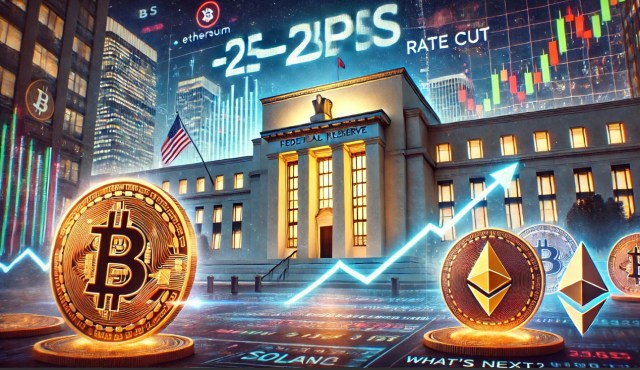Asian markets open: Nikkei, MSCI fall as tech selloff; Sensex, Nifty eye higher open

The long summer rally has hit a brutal wall of worry.
A sharp, tech-led selloff on Wall Street is sending a wave of contagion across Asian markets, as a potent and complex cocktail of risks suddenly comes to a boil.
From a stunning US court ruling that throws the entire global tariff regime into chaos to new restrictions on chip giants, the market is now entering a pivotal two-week gauntlet that will determine if the bull run can survive the arrival of a historically treacherous September.
The immediate pain is being felt in the technology sector. Indexes in Japan, South Korea, and Australia all opened lower, with MSCI’s broad gauge of Asian shares sliding as much as 0.4 percent.
The sell-off is a direct echo of Friday’s session in the US, where tech giants like Nvidia and Dell led a sharp retreat.
The pressure on the chip sector intensified as South Korean titans Samsung Electronics Co. and SK Hynix Inc. slid after the US Commerce Department removed them from a key list, making it harder to ship equipment to their crucial operations in China.
A ruling of chaos: the tariff regime in turmoil
Adding a profound layer of uncertainty to the market is a bombshell US federal appeals court ruling that President Donald Trump’s sweeping trade tariffs were illegally imposed.
While the duties—which weigh heavily on Asian economies—remain in place for now, the decision throws the future of global trade policy into disarray. Instead of relief, the ruling has injected deep instability into the system.
“While a possible step towards no (or fewer, or lesser) tariffs would be positive for global trade and risk sentiment, uncertainty has ratcheted up a notch,” wrote analysts from ANZ Group Holdings in a note to clients.
Sensex to start the week on a high note
A glimmer of green is on the horizon for Dalal Street this Monday, with Indian benchmark indices Sensex and Nifty poised for a slightly higher open that could finally snap a punishing three-day losing streak.
This potential reprieve comes after a brutal end to the previous week, where a late-session ambush by bears in the final hour of trading on Friday sent the market tumbling.
A sharp sell-off in heavyweight auto, IT, and metal stocks overwhelmed support from the FMCG sector and dragged the broader market down, with mid- and small-cap indices also surrendering their early gains to close in the red.
But as a new week begins, early indications from the GIFT Nifty, trading 46 points, or 0.2 percent, higher at 25,597, offer a crucial sign of hope that the bulls are preparing to retake control.
The September gauntlet: a make-or-break fortnight
This turmoil is merely the prelude to what could be the most critical two-week period for the market this year.
A volley of high-stakes US jobs reports, a key inflation reading, and the Federal Reserve’s next interest rate decision are all set to land in the coming fortnight.
These events will provide a clear verdict on the health of the US economy and the future of monetary policy, setting the tone for investors as they return from the summer lull.
This gauntlet arrives as the S&P 500 enters September, historically its worst month of the year. While seasoned traders know this, the macro environment is now fraught with new peril.
The worries are not just economic. Political risks are also re-emerging across Southeast Asia, with deadly unrest in Indonesia and a government in flux in Thailand, reminding investors that the storm clouds are gathering on multiple fronts.
The bull market has had an easy ride for months; now, it faces its ultimate test.
The post Asian markets open: Nikkei, MSCI fall as tech selloff; Sensex, Nifty eye higher open appeared first on Invezz
You May Also Like

Franklin Templeton updates XRP ETF filing for imminent launch

Fed Lowers Rates By 25bps: How Bitcoin And Crypto Prices Responded And What’s Next

Canada’s budget promises laws to regulate stablecoins, following US
Canada’s government unveiled a plan to regulate stablecoins, requiring fiat-backed issuers to maintain sufficient reserves and adopt robust risk management measures. Canada is set to introduce legislation regulating fiat-backed stablecoins under its federal budget for 2025, following the footsteps of the US, which passed landmark stablecoin laws in July.Stablecoin issuers will be required to hold sufficient reserves, establish redemption policies and implement various risk management frameworks, including measures to protect personal and financial data, according to the government’s 2025 budget released on Tuesday.The Bank of Canada would allocate $10 million over two years, starting in the 2026-2027 fiscal year, to ensure everything runs smoothly, followed by an estimated $5 million in annual costs that will be offset from stablecoin issuers regulated under the Retail Payment Activities Act.Read more